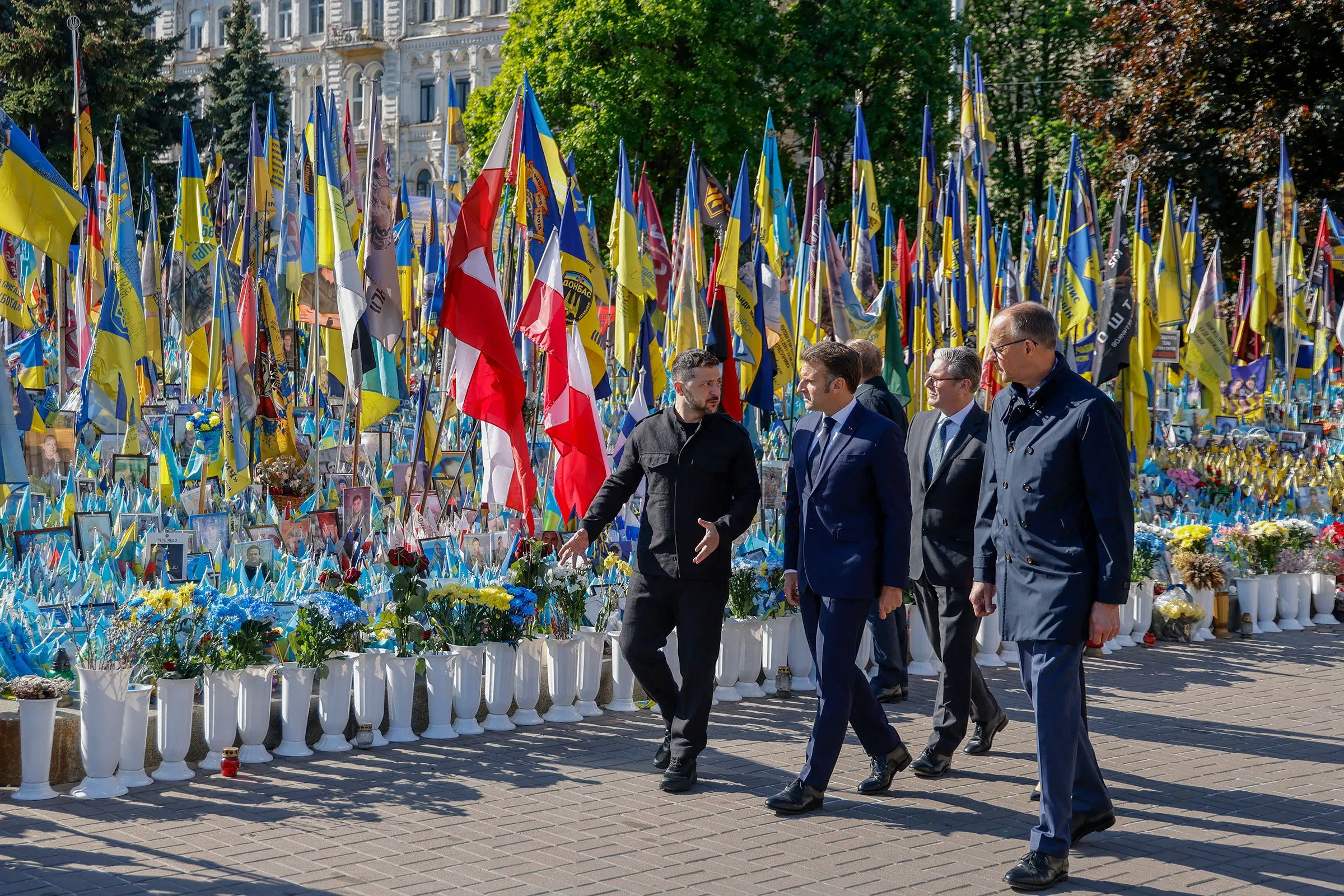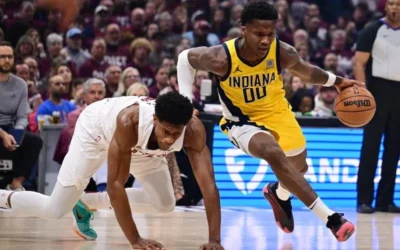The Fragile Landscape of Peace: Ceasefires and Diplomacy Amidst the Russia-Ukraine Conflict
In an ongoing conflict that has spanned several months, the call for a ceasefire in Ukraine represents more than just a pause in hostilities; it embodies the collective hopes of nations seeking resolution in a war that has disrupted the geopolitical landscape of Europe. Recent statements from European leaders and the United States have put considerable pressure on President Vladimir Putin to articulate his true intentions regarding the ongoing clash in Ukraine, while sanctions continue to loom over Russian energy projects such as Nord Stream 2.
Calls for Ceasefire Amidst Hostility
Ukrainian President Volodymyr Zelensky has been at the forefront of recent calls for a ceasefire, particularly emphasizing the need for a clear and immediate halt to hostilities that have claimed thousands of lives and driven millions from their homes. The urgency of this appeal is underscored by the reality that, every day without a ceasefire, the humanitarian crisis deepens.
In diplomatic circles, the situation is further complicated by the fact that Zelensky’s call for a ceasefire is seen as a strategic maneuver aimed at forcing Putin to explicitly outline his war objectives—something that remains shrouded in ambiguity. Western leaders, particularly in the U.S., have voiced strong support for Ukraine, framing the ceasefire not merely as a military request but as an ethical obligation to preserve human life and dignity.
European Leaders Push for a 30-Day Ceasefire
Recent diplomatic efforts from European leaders have centered on a proposed 30-day ceasefire that could create a window for dialogue and negotiations. The urgency of their visit to Ukraine is palpable, as leaders from France, Germany, and the United Kingdom aim to rally not just rhetoric but action that could stand as an unprecedented show of unity against the ongoing violence.
Chancellor Olaf Scholz of Germany, Prime Minister Boris Johnson of the UK, and President Emmanuel Macron of France met with Zelensky to underline their commitment to supporting Ukraine amidst its geopolitical struggle. Their discussions culminated in a collective appeal directed at Moscow, pressuring Putin to accept the 30-day truce. The hope is that such a pause might enable critical humanitarian aid to reach those trapped in war zones and prompt a recommitment to peace negotiations that have faltered amidst gunfire.
Nord Stream 2 Sanctions as a Lever of Diplomatic Pressure
The looming threat of sanctions on the Nord Stream 2 pipeline—an ambitious project intended to transport natural gas from Russia to Germany—further complicates the dynamic surrounding the conflict. European leaders are considering leveraging these sanctions as a direct way to exert pressure on the Kremlin to reconsider its stance on Ukraine.
As Europe grapples with energy dependence on Russian gas, the potential for sanctions demonstrates a striking balancing act between maintaining energy security and standing firm against aggression. In light of this geopolitical chess match, the specter of cutting ties with the Nord Stream 2 project becomes a powerful bargaining chip in the quest for peace.
Domestic Pressures and the Kremlin’s Calculations
Within Russia, public sentiment surrounding the conflict is increasingly scrutinized as citizens respond to the economic repercussions brought about by international sanctions. While navigating domestic discontent, Putin faces a strategic dilemma—decide whether to continue military actions that could further isolate Russia on the world stage or opt for a tactical retreat in the interest of preserving economic stability.
As Western nations ramp up their rhetoric regarding the conflict, leaders continually call for Putin to clarify his intentions. The calls echo a shared anxiety that without a full understanding of Russia’s war goals, any ceasefire could be viewed as merely a tactical pause rather than a genuine commitment to peace.
Global Implications of a 30-Day Ceasefire
The implications of a 30-day ceasefire reach well beyond Ukraine’s borders. Globally, analysts have warned that failing to secure a cessation in hostilities could lead to a wider conflict involving NATO nations. The consequences of such an escalation could further shift the geopolitical landscape, sparking a renewed Cold War-like divide.
The unresolved tensions also reflect a broader struggle between democratic institutions and autocratic regimes, with Ukraine situated at the forefront of this ideological battle. Western nations view the conflict as a crucial test not only for Ukraine’s sovereignty but for the preservation of global democratic norms.
The Role of the United States
The United States plays a pivotal role in this geopolitical puzzle, with President Joe Biden expressing strong support for Ukraine and a commitment to holding Russia accountable for its actions. Recent discussions among U.S. officials highlight the need to remain vigilant in addressing both the immediate humanitarian crisis and the long-term strategic objectives that could arise from the conflict.
Furthermore, Biden’s administration has recently shown an inclination to impose additional sanctions if considerable progress remains elusive. This approach aligns with European leaders who are collectively striving for a unified stance against Putin—one that conveys both a readiness to support Ukraine and an unwillingness to tolerate further aggression.
Paving the Way for Dialogue
Providing a platform for dialogue remains crucial in achieving a sustainable peace. The potential for a ceasefire could open avenues for negotiations that might not only address the immediate cessation of hostilities but also lay the groundwork for resolving deeper-rooted tensions that have characterized Ukrainian-Russian relations.
To that end, the international community—through diplomatic measures—must continue to facilitate discussions that include all stakeholders in the region. Engaging civil society, non-governmental organizations, and local actors could be instrumental in creating a robust framework for peace, one that nurtures trust and inclusivity rather than sowing division.
Conclusion
The prospect of a 30-day ceasefire in Ukraine embodies the fragile hopes of a region burdened with the scars of war. Diplomatic efforts led by European leaders and the U.S. highlight a collective determination to facilitate dialogue that could pave the way toward meaningful peace. Yet, the underlying complexities—both domestic and international—remain formidable challenges.
Ultimately, as the world watches, the resolution of this conflict serves as a litmus test for the resilience of global alliances and the enduring quest for peace in the face of aggression. Only time will reveal if these powerful leaders can translate calls for ceasefire into concrete, actionable steps toward a brighter, more stable future for Ukraine and Europe as a whole.







